International Women’s Day: 7 Reasons Why Practical Action Focus on Gender Equality
IWD-2024Blog
This International Women’s Day, we’re proud to support the theme “Inspire Inclusion.” We believe in making sure women are included in every aspect of our work because it leads to better outcomes for everyone.
At Practical Action, working with women and addressing gender inequality is fundamental to everything we do. We are committed to understanding how systems can be changed to better meet women’s needs, reflect their views and support their lives and well-being. We also work with men, to engage and work constructively with them to challenge assumptions, prejudices, and behaviours.
As we celebrate IWD 2024, let’s commit to creating a world where women are included and valued. Join us in our effort to build a more inclusive future for all.
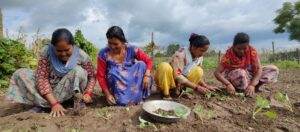
Here are seven reasons why gender equality is so important in our work…
1. Gender inequality and poverty are linked
It’s impossible to address one without the other. More women and girls live in extreme poverty than men and boys. In 2022 the numbers were estimated to be 315 million women and girls, compared to 298 million men and boys (World Poverty Clock). Even amongst women and men with jobs, more women live in extreme poverty than men (41% of employed women, compared to 38% of employed men in low income countries in 2019).
Shocking, but perhaps not surprising given that for example in the UK, despite years of attention, the average gender pay gap for full-time employees is still over 8% (Gender pay gap in the UK – Office for National Statistics (ons.gov.uk)) – in many of the countries where we work, we know of women being paid less than half of what their male counterparts receive for exactly the same work.
We’ve seen from recent sanitation work in Bangladesh that women get paid 50% less than men for the same work. In one of the cities where we work in Bangladesh, we got an agreement from the local council to pay women and men the same amount. This is an incredible achievement in Bangladesh – and a start to changing gender norms.
 2. Women feed the world
2. Women feed the world
Most of the farmers in the communities where we work are women. The UN’s Food and Agriculture Organisation estimates that over 50% of the food produced globally is produced by women, and in most developing countries this rises to 60 – 80% (Gender food security (fao.org)).
Yet despite playing this predominant role in our food production, women and girls face higher levels of hunger and malnutrition. UN Women cites data indicates that the gender gap in moderate or severe food insecurity globally grew from 6% in 2019 to 10% in 2020. Simply put, 10% more women than men faced moderate or severe levels of food insecurity. But this varied by region, with Latin America and the Caribbean one of the worst affected regions. The gap here in food insecurity between women and men was as large as 30%.
We promote regenerative agriculture practices. These practices preserve and rehabilitate soil fertility levels, support local biodiversity, use locally produced bio-pesticides and fertilisers, and promote climate-resilient farming that supports food security. Women farmers have been using and refining these methods for generations. We are working with these women farmers to share this essential knowledge and practice.
3. The power of women in energy
The world is in the throes of an energy transition, we know this is essential for planetary survival. It’s not occurring as quickly as we need it to, but some progress is being made. Nonetheless, when we zoom in on energy use at a household level, we see that heating our homes and cooking our food are two of the most fundamental energy uses. Yet around 2.3 billion people worldwide (around a third of the global population) still cook using open fires or inefficient stoves fuelled by kerosene, biomass (wood, animal dung and crop waste) and coal, which generates harmful household air pollution (WHO).
Given that the majority of household cooking falls to women in nearly every corner of the globe, the health impacts of breathing in smoke from unclean cook stoves disproportionately affect women and children – indeed indoor air pollution is one of the leading causes of mortality for women globally.
At the same time, as the world transitions to renewable energy sources less than 14% of senior managers in the industry are women (IEA).
This represents a huge, wasted opportunity: our work demonstrates the power that women entrepreneurs have to reach energy markets that are often overlooked.
Improving diversity in workforces and business leadership is not only the right thing to do but also makes business sense – aiding business growth and expansion into new markets.
4. Gender issues in sanitation need to be cleared up
When it comes to water and sanitation, it is women and girls that often spend hours every day collecting water for their households. This is heavy, laborious work, and comes at a huge cost. This time could have been spent working, studying, or enjoying leisure time with friends and family. In some places the community and public toilets are in a state of disrepair, and the trips to water sources have risks of sexual harassment and violence.
Where we work, women sanitation workers in cities say they feel discomfort and suffer longer-term health impacts because they can’t access toilet facilities whilst working to keep the city streets clean.
When we redesign sanitation to be inclusive we’ve seen it open up economic opportunities for women to earn incomes and be recognised for the work they do, whilst at the same time resulting in cleaner and safer environments for all.
5. Women are climate champions
As the climate crisis accelerates it is becoming clearer that its impacts are not uniform. Existing inequalities are exacerbated in times of crisis. The stats are shocking. When Cyclone Gorky hit Bangladesh in 1991, women were 14 times more likely to die than men. 70% of the people killed by the Asian Tsunami in 2004 were women. And in Cyclone Nargis in Myanmar in 2008, 61% of fatalities were women.
We have worked to develop gender responsive flood early warning systems in several countries around the world, including Nepal, Peru, Philippines and Mozambique. These systems ensure the needs of women and girls, and other vulnerable groups, are considered throughout the whole design. Many of the key lessons are summarised here.
When it comes to slower onset hazards such as droughts and changing weather patterns, we find that not only are women more affected by these, but that the knowledge held by rural women often holds the key to understanding these changes and adapting accordingly. See here for further information from our experience.
6. More women are needed in leadership roles
More generally, we see that women are excluded from decision making spaces and leadership positions in many sectors and in most parts of the world. UN Women reports that women comprise 70% of the global health workforce but make up less than a third of health executives. And yet analysis from the world of business backs up the claim that diversity at the top leads to better outcomes (Firms with more female executives ‘perform better’ – BBC News), (Research: Women Are Better Leaders During a Crisis (hbr.org)).
This is why women’s empowerment is an important focus of much of our work – we want to ensure that we are taking every opportunity to support women to take up leadership positions, and working with men to understand the benefits it brings for all of society (see here for a snapshot of some of our work on this theme.)
 7. Equal societies benefit everyone
7. Equal societies benefit everyone
This brings us to the final, and perhaps most fundamental reasons we focus on gender equality. Simply put, we all benefit from more equal societies. Gender equality is not a zero-sum game – nobody is worse off if women and girls have the opportunity to put their skills and knowledge to good use.
Whether it’s adopting and promoting regenerative agriculture practices that boost global food security and safeguard our natural world; developing and sharing clean energy solutions as part of the clean energy transition, actively participating in sanitation and waste governance and service delivery, or ensuring effective prevention and response measures to accelerating natural hazards. Everyone is better off when gender equality is integrated throughout.
We must consider these from the outset of our work to ensure that we genuinely are contributing to a world that works better for everyone. As our Regional Director for Latin America, Alicia Quezada once elegantly captured it: “gender equality is development”. This is exactly why we take gender seriously.
On International Women’s Day, we’re reminded of the power of inclusion and the importance of everyone’s role in achieving it. “Inspire Inclusion” isn’t just a theme for one day; it’s a call to action for every day. At Practical Action, our commitment to including women in all aspects of our work is ongoing. We believe that by working together, listening to each other, and challenging the status quo, we can make real progress towards a world where everyone, regardless of gender, is valued and heard.
Join us! Whether by supporting initiatives that promote gender equality, advocating for inclusive policies, or simply starting conversations about the importance of inclusion in your own communities, every action counts. Together, we can inspire change and build a more inclusive world for the generations to come.
Thank you for standing with us this International Women’s Day. Let’s keep the momentum going and continue to inspire inclusion every day.
“Gender equality is development”
Regional Director for Latin America, Alicia Quezada
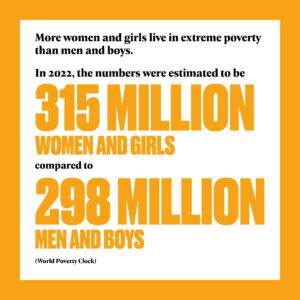
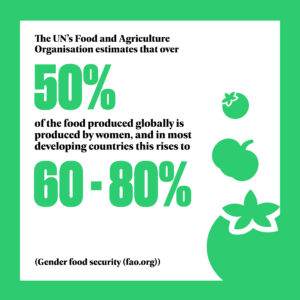 2. Women feed the world
2. Women feed the world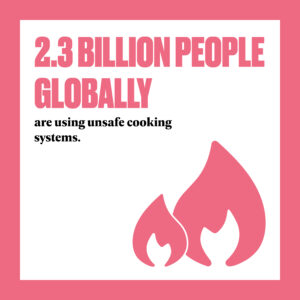
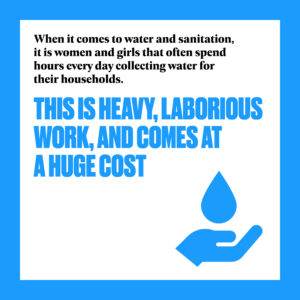
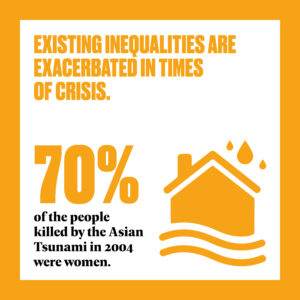
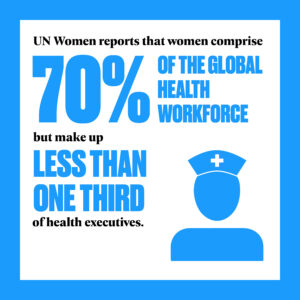
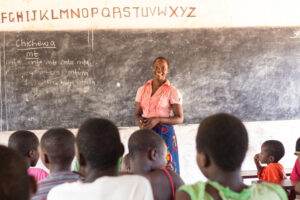 7. Equal societies benefit everyone
7. Equal societies benefit everyone